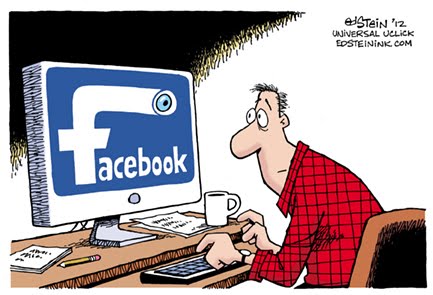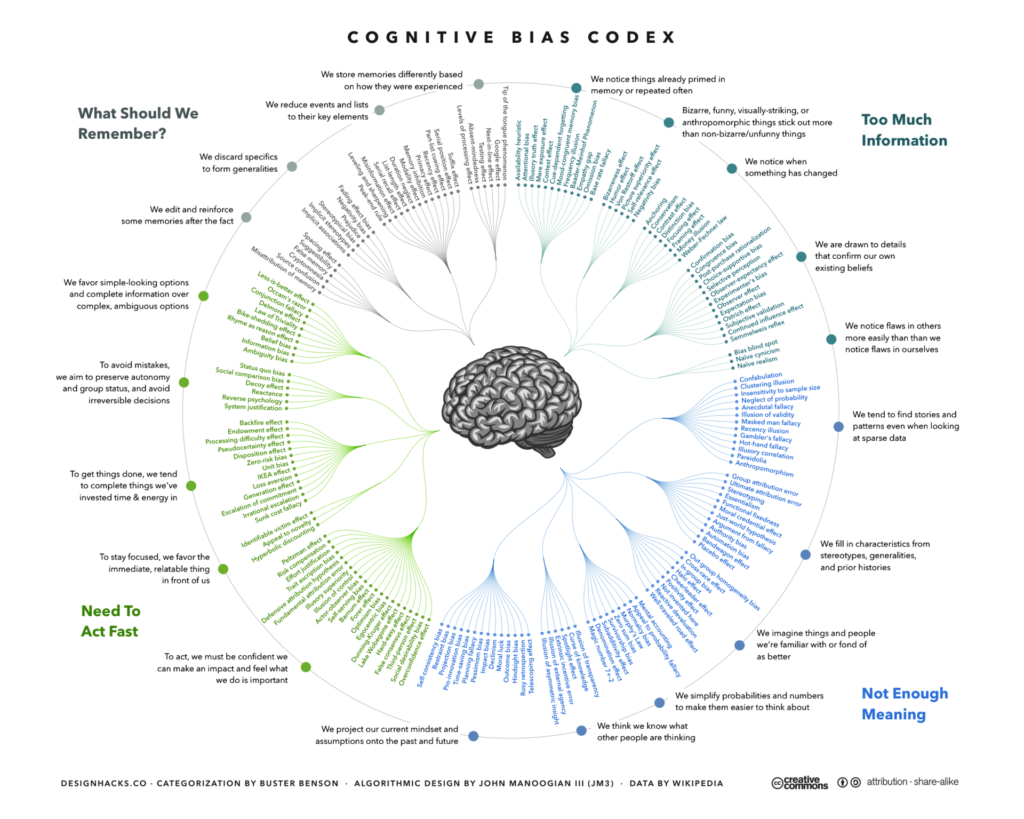Learning how to conduct respectable, ethical research is crucial skill for any aspiring usability expert. Ethics, defined by D. Resnik at the National Institute of Environmental Health Science, is “norms for conduct that distinguish between acceptable and unacceptable behavior. The foundation for clean ethical research are the principles of honesty and integrity”[1]. The UXPA Code of Conduct for User Experience Professionals states, “be honest with everyone, act with Integrity, do no harm and if possible provide benefits,.”[2] These principles should not only be applied to usability participants, but should also extend to the clients as well.
Why is ethical research so important?
Adhering to certain ethical guidelines promotes truthful, and unmanipulated results. In research teams, ethics promotes fairness and accountability amongst researchers, and counters against plagiarism. Ethical standards also hold researchers liable to the public, and keeps the best interest of the public in mind. Studies that maintain strong ethics are likely to be more favored by the public, and be held to a higher esteem.
Now armed with basic industry principles, its easy to identify unethical research. Lets take a look at the following example:
Facebook’s Experiment

In 2012, Facebook secretly ran a psychological experiment on over 600,000 of their users without their informed consent. Facebook modified users’ newsfeeds, showing either more positive news stories, or more negative stories. According to the published study by Kramer et al [3], the aim was to examine how emotional states can spread to others through social media. Results found that when more negative stories were shown, users were less likely to positive statuses, and vice versa. This result supported the researchers’ hypothesis that the emotions of others can influence one’s own emotions over social media.
In their newsfeeds, people are used to commercial manipulation, in which they are being shown advertisements for products based on their search history, and interests. However, in this case, Facebook intended to intentionally manipulate users’ emotions without their knowledge, how scary is that! Even scarier, this unethical study seemed to receive almost no backlash from the community. The stock of Facebook didn’t fall after this issue became public, and Facebook is still arguably the most widely used social media platform.
Looking at this case, ethically-speaking, what did Facebook do wrong?
- Didn’t get informed consent from participants
- Didn’t act in the best interest of everyone- they may have actually harmed users by increasing negative emotions, such as depression and anxiety!
- Dishonest, didn’t let users know they were part of an experiment until their study was published.
Ethical Research
Image cred: http://www.sec-ed.co.uk/best-practice/how-honest-are-you-and-your-school/
Now that we know what NOT to do, lets identify how key aspects of ethical research. As a user researcher, it is your duty to protect your participant’s physical and mental wellbeing, anonymity, and to represent their opinions honestly.
Be Honest with your participants…
Trust is easy to lose, and very difficult to gain back. Therefore, it is not worth the risk to put yourself in a situation where you might be caught in a lie. It is better to be transparent with both participants and the client throughout the testing process.
From the beginning of your user test, it is important to be open and honest with the participants. It is a good idea to begin the user test with some background information on why you are running this research, who your client is, how you are going to use the result from this test, and what tasks will be asked of the participant. Disclosing this information will allow for participants to give their informed consent to be a part of this research. Also, if you will be videotaping or voice recording the session, it is ethically important to obtain their consent. Another benefit of disclosing all relevant information to the participant is that the more well-informed the participant is, the more comfortable and confident they will be, yielding in more authentic results.
However, at times, it might be important to withhold certain info
rmation if it would create a bias within the participant. If it is known that a participant has had a previous negative experience with your client’s company, not disclosing the name of the company immediately would be beneficial so that the participant doesn’t draw upon that negative experience when testing. As soon as you obtain your results, it is an ethical decision to then inform your participants about the undisclosed information.
Another practice of honesty in user testing is to introduce each person that will be involved in the test truthfully. If someone in the room works from the company of the product they’re testing, do not disguise them as a member of your usability team, be truthful about their background. If you fear that the identification of the company member may cause bias for test, get permission from participant to wait until test is completed to introduce everyone’s role.
Truthfully representing your participants…
After you have gathered all of your user test results, it is now your duty as a researcher to represent your participants as honestly as possible. At this stage it is important to be educated about certain biases in order to reduce their effects that may tamper with your data. The Confirmation Bias is one such bias that can affect the truthful representation of your participant data. According the confirmation bias, researchers may subconsciously cherry-pick certain test results to fit their hypothesis. In doing so, the majority of participants’ opinions may be tossed aside to make way for data that does support the researcher’s hypothesis.
Wait! What about being honest with your client?
Be truthful to your clients, never try to mislead or lie to your employer! Don’t try to exaggerate the results because you think thats what a client wants. For example, there should be an appropriate relationship between the the sample size and the resources that was provided to you. Usability experts aren’t miracle workers, if there is a low budget, the likelihood of a vast sample size, and detailed user testing results is low. Be truthful to your clients, if they want more data, they will need to provide further time and resources.
In order for your user research to be respected and yield accurate results, it is crucial to follow ethical guidelines at all stages of your user testing. Honesty is the best policy. It is better to be honest with all individuals, including participants and clients, and fully disclose all relevant information to them, or else there is a possibility for trust to be broken. If the trust is broken, the validity of your research will be put into question.
References
[1] What is Ethics in Research & Why is it Important? (n.d.). Retrieved March 07, 2018, from https://www.niehs.nih.gov/research/resources/bioethics/whatis/index.cfm?links=false
[2] UXPA Code of Professional Conduct. (n.d.). Retrieved March 07, 2018, from http://uxpa.org/resources/uxpa-code-professional-conduct
[3] Schekman, R. (2010). Editorial expression of concern and correction. PNAS, 107(15), 7113.
[3] Facebooks Newsfeed Study: Was It Ethical Or A Violation Of Privacy? (2014, July 01). Retrieved March 07, 2018, from https://www.npr.org/2014/07/01/327248369/facebooks-newsfeed-study-was-it-ethical-or-a-violation-of-privacy
[4] Suri, J. F. (2015). The little book of design research ethics. Place of publication not identified: IDEO.
[5] Mortensen, D. (n.d.). Conducting Ethical User Research. Retrieved April 03, 2018, from https://www.interaction-design.org/literature/article/conducting-ethical-user-research


